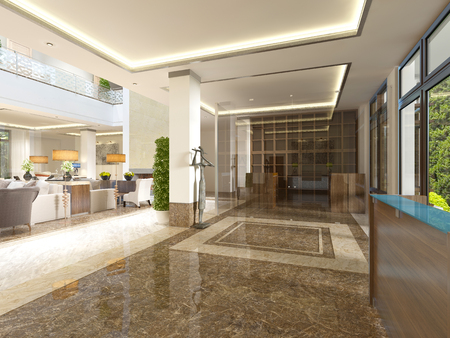Commercial interior and residential interior design do have a lot in common, but they also have distinct features which set them apart in the design industry. Not only does commercial need to focus on heavier trafficked areas but there are many more things that architects and interior designers must plan out before tackling these projects. To better assist you, we will go over the significant difference between commercial and residential design to help you better understand how to design your projects. Let’s take a look!
Commercial Design
The first thing that is considered when designing a commercial room is space. The room must have a plethora of space to let traffic flow smoothly throughout it. Customers do not want to feel clustered or trapped in a room when visiting. Functionality is also more critical in commercial space than in residential. This is a work environment, and things must be easy flowing with a practical side to the matter. The style is still heavily influenced because it directly correlates with how the customers feel. If the customer thinks the place is not aesthetically pleasing, customers may be less likely to return. Safety is another prime example of something not as commonly emphasized in residential design. If something is dangerous, it can easily lead to an injury that could ultimately end a career. Also, commercial design pays attention to diversity. You do not usually enter a restaurant with all booth seating. The variety of different seating and gathering areas caters to all spectrums of customers which will be in the commercial areas.
Residential Design
In residential design, the primary focus is comfort and coziness and not as much about prioritizing for traffic. A home should feel livable and not have to have everything immediately on hand. While the design is essential, it is more customized for either resale value or the homeowner’s personal design taste and not usually targeted to host multiple genres of people. The lighting may be toned back a little as well, and comfort will usually outweigh functionality. You do not typically see carpet tiles in a home but may see a plush rug or a comfortable wool carpet.
These simple differences are easier to notice once you have a better understanding of what look for in a room. So, if you are redesigning your office at work versus home, understanding fundamental design tricks is vital to creating a safe yet functional atmosphere or a cozy, homey getaway. For more great tips and tricks, visit us at Levis4Floors.


Leave a Reply